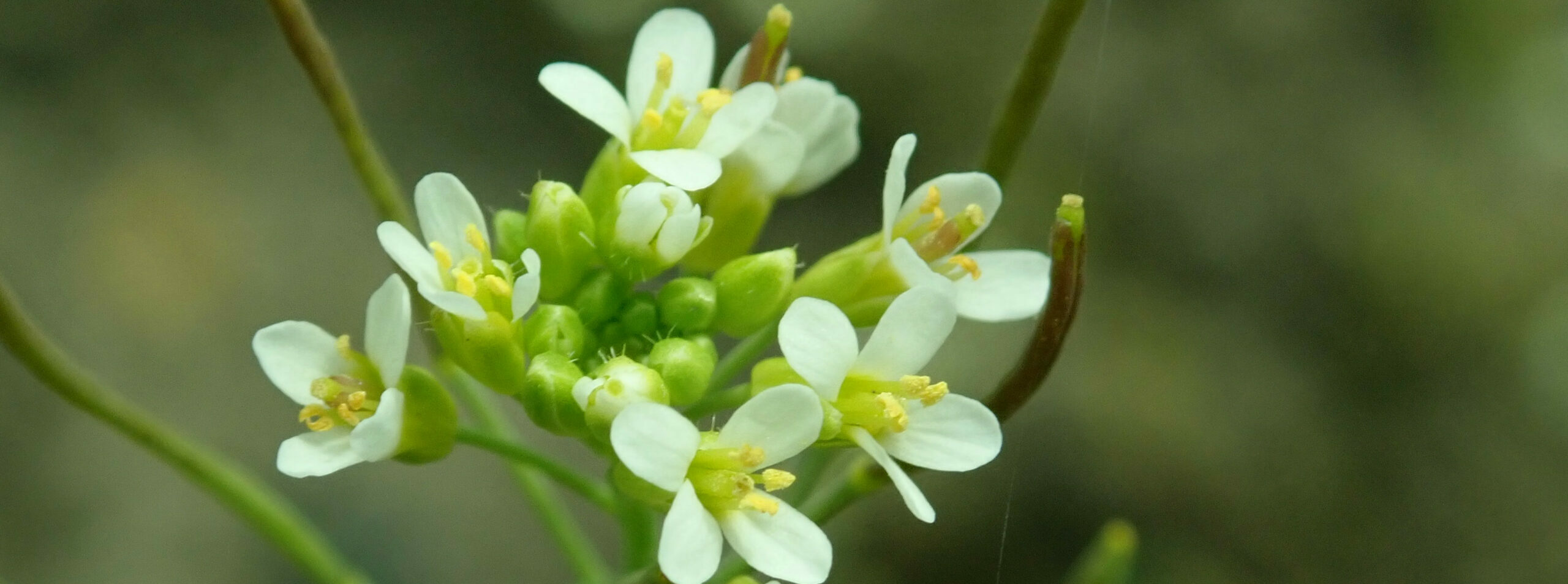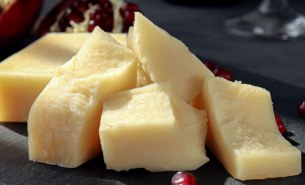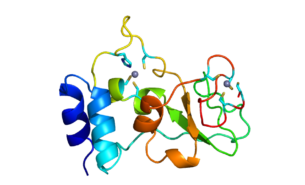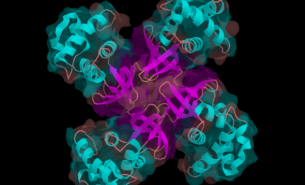Researchers from Aarhus University achieved breakthrough insights about the coupling process that allows active sugar transport in plants aided by MAX IV’s BioMAX beamline. They successfully detected the inward and outward confirmations of the symporter Sugar Transport Protein 10 (STP10) – a protein responsible for monosaccharide transport across cell membranes – at high resolutions (1.8 and 2.6 Å respectively) in Arabidopsis thaliana. After determining that the protein’s proton binding site could be linked to the glucose binding site via a structural feature called the ‘lid domain,’ the scientists can now understand the key states in the STP transport cycle. These insights also further advance their capabilities to determine elements conserved in all STPs that clarify the basis of proton-to-glucose coupling.
Understanding STPs and therefore transport of monosaccharides, such as glucose, translates to understanding substantial factors in plant development.
“Anything you can think of how flowers are developed, how roots are developed, how seeds develop, that’s basically controlled by a combination of different hormones and the availability of glucose, and this is controlled by the STPs,” said Bjørn Panyella Pedersen, Associate Professor at the Department of Molecular Biology and Genetics at Aarhus University and corresponding author of the study.
Using BioMAX to collect data to identify electron density present in the open confirmation structure at a very high resolution provided information about how the STP10 binds glucose. “The energy range and easy tunability of BioMAX make it very suitable for detecting and optimizing anomalous scattering from heavy atoms bound to proteins, which has useful applications such as the one described in the paper,” explained BioMAX beamline manager Ana Gonzalez.
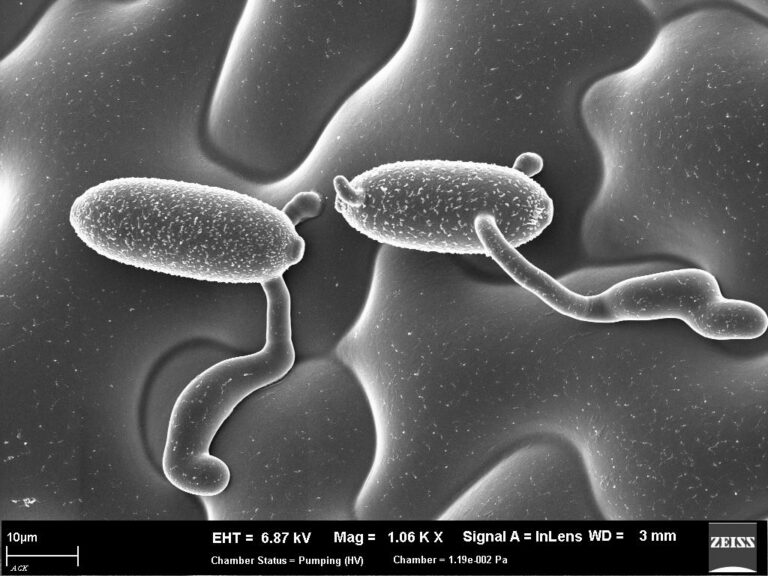
STPs also play a defensive role in plants against attacks by pathogens. “Plants try to isolate the problematic area by using STPs to remove the sugar from the extracellular space, and this restricts the pathogens from obtaining nutrients and thus slows down the growth of the fungi or whatever the pathogen would be,” said Panyella Pedersen.
STPs also play a defensive role in plants against attacks by pathogens. “Plants try to isolate the problematic area by using STPs to remove the sugar from the extracellular space, and this restricts the pathogens from obtaining nutrients and thus slows down the growth of the fungi or whatever the pathogen would be,” said Panyella Pedersen.
d mildew often create challenges in agriculture. “You can develop strains of plants that are resistant to rust and mildew, and it turns out the resistance is actually located in STP genes. So, these sugar transporters are exactly where you can develop this kind of resistance,” according to Panyella Pedersen.
For additional reporting on the subject, please visit Altmeric’s news ticker on the study, or read an in-depth article about the study on phys.org or Science Daily.
Publication
Bavnhøj, L., Paulsen, P.A., Flores-Canales, J.C. et al. Molecular mechanism of sugar transport in plants unveiled by structures of glucose/H+ symporter STP10. Nat. Plants 7, 1409–1419 (2021). DOI: 10.1038/s41477-021-00992-0
Related articles
